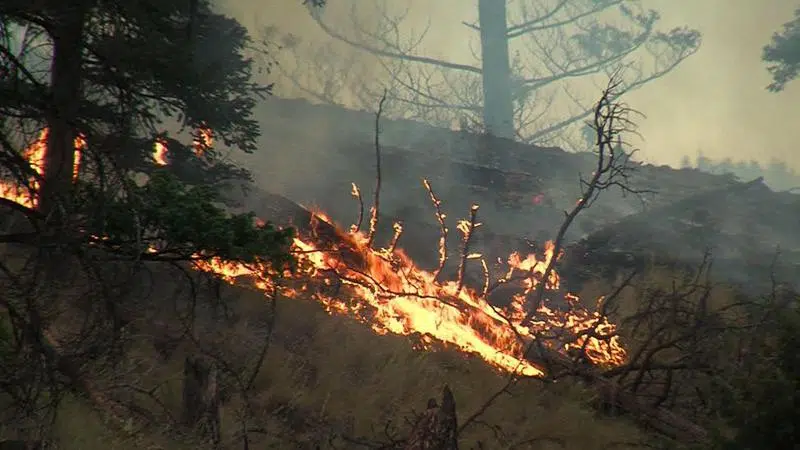
Skeetchestn band pushes for more Indigenous-led prescribed burns
KAMLOOPS — A number of First Nations, including one in the Kamloops area, have joined a recent push to use prescribed burns as a wildfire prevention method.
Controlled burns are one of the recommendations made by the George Abbott and Chief Maureen Chapman report — which laid out what could be done better after back-to-back destructive fire seasons in B.C.


